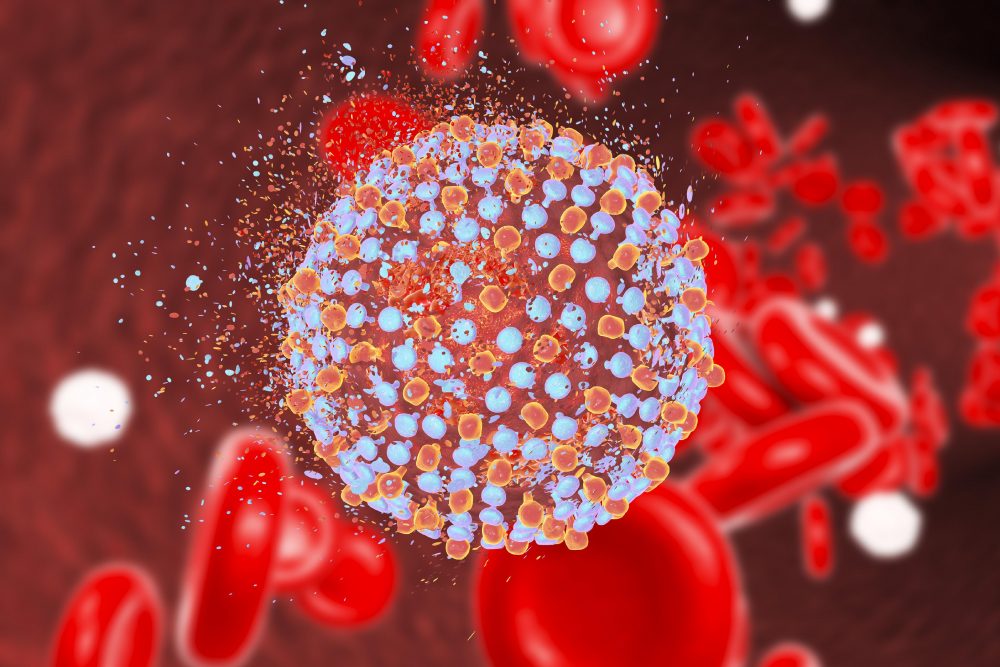New government data reveals racial disparities in intensive care unit (ICU) admissions for mothers during childbirth hospitalizations. The findings highlight the need for better maternal healthcare, especially for women of color.
The Centers for Disease Control and Prevention's National Center for Health Statistics studied ICU admission rates for delivering mothers from 2020-2022. They found significant differences across racial groups.
ICU Admission Rates by Race
- White women: 1.5 per 1,000 live births
- Black women: 2.6 per 1,000 live births
- American Indian/Alaska Native women: 2.7 per 1,000 live births
Black and Indigenous mothers had ICU admission rates nearly double that of white mothers. This reflects broader maternal health inequities along racial lines.

Freepik | DC Studio | Black and Indigenous mothers had ICU admission rates nearly double that of white mothers.
"Awareness of the characteristics and factors placing mothers at higher ICU risk can inform efforts to ensure appropriate specialized care access for pregnant women," the study stated.
Risk Factors for ICU Admission
Several factors raised a delivering mother's chances of needing intensive care:
- Age: Older mothers faced considerably higher risks. Women 45 and over had the highest ICU admission rate at 6.5 per 1,000 live births. This was over 4 times higher than the rate for mothers under 25.
- Multiple births: Mothers delivering twins had an ICU admission rate of 5.3 per 1,000. For triplets or more, the rate jumped to 11.5 per 1,000.
- Previous births: Women giving birth to their 6th or higher child had an ICU admission rate of 3.5 per 1,000. First-time mothers had a rate of 1.7 per 1,000.
While rare overall, ICU admissions during childbirth can be dangerous. Identifying at-risk mothers is crucial for preventing severe complications.
The Maternal Health Crisis in America

Freepik | jcomp | In 2021, the maternal mortality rate reached 33 deaths per 100,000 live births.
These findings occur against the backdrop of America's ongoing maternal mortality crisis. In 2021, the maternal mortality rate reached 33 deaths per 100,000 live births. Shockingly, the rate for Black women was nearly triple that of white women.
Access to quality maternal healthcare varies widely, with women of color often disadvantaged. This translates into massive disparities in outcomes.
"How the health system responds to patients of color and also the higher prevalence of underlying conditions in underserved communities - those two things impact these issues," said Dr. Charles Lampley of Sinai Chicago.
Catching Risk Factors Early Is Key
According to Lampley, spotting and addressing risk factors early in pregnancy is vital. Conditions like high blood pressure, diabetes, and obesity must be carefully managed to avoid complications at delivery.
Equally important is doctors listening to patients and taking their concerns seriously. Women of color, in particular, report being ignored or dismissed by providers at alarming rates.
"Are (patients') concerns recognized and treated carefully to raise alerts appropriately?" said Lampley. "That impacts these issues."

Freepik | DC Studio | Spotting and addressing risk factors early in pregnancy is vital.
Progress Toward Health Equity
Reducing maternal health disparities requires multi-pronged efforts on individual and systemic levels. On the provider side, implicit bias training can help doctors become more conscious of how they interact with minority patients. Hospitals and clinics must also work to make care more culturally competent.
Broader public health initiatives should target the underlying factors fueling poor maternal outcomes. Better access to nutritious foods, walkable communities, and mental healthcare can create healthier pregnancies.
Finally, policy changes are critical for expanding prenatal and postpartum coverage. The recent expansion of postpartum Medicaid is a step in the right direction. The path to maternal health equity remains long. But with a commitment to undoing disparities, we can ensure all mothers receive the high-quality care they deserve.















